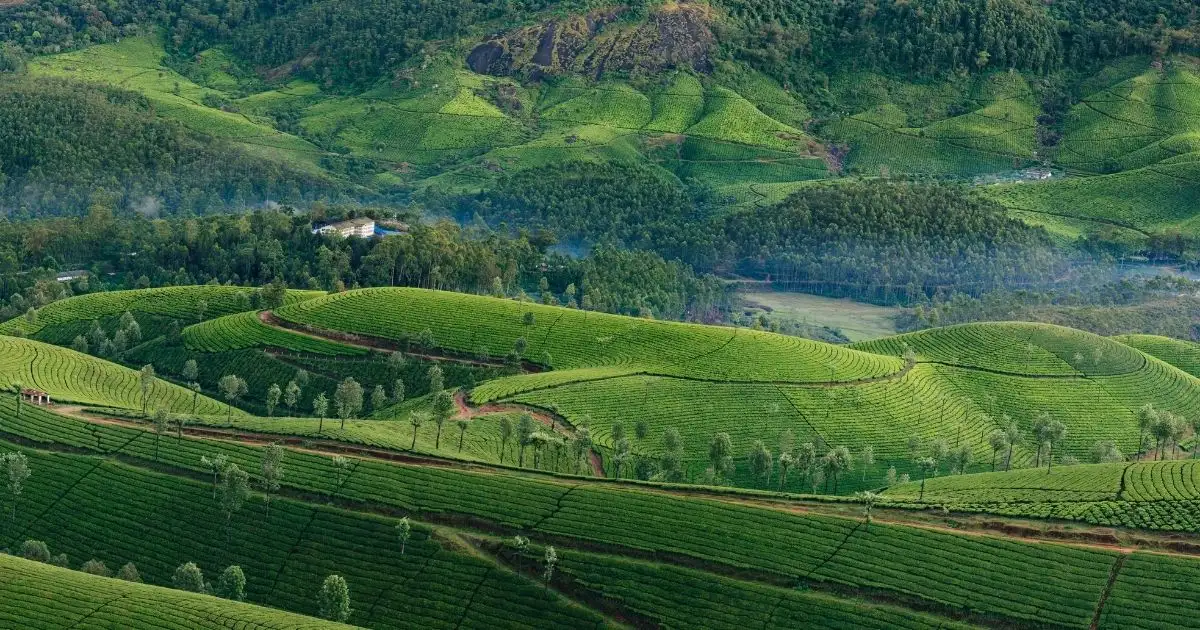
-
 play_arrow
play_arrow
The Ultimate Guide to Tea Brewing Mr. Tea Talk
-
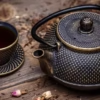 play_arrow
play_arrow
A Comprehensive Review of 3 Must-Have Tea Products on Amazon Mr. Tea Talk
-
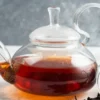 play_arrow
play_arrow
The Ultimate Guide to the Best Tea Essentials on Amazon: Kettles and Teapots You’ll Love Mr. Tea Talk
-
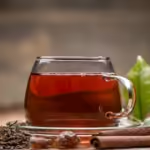 play_arrow
play_arrow
The Best Teapots for Tea Lovers: Silver vs. Borosilicate Glass Mr. Tea Talk
- Home
- keyboard_arrow_right Tea History
- keyboard_arrow_rightPodcasts
- keyboard_arrow_rightTea History
- keyboard_arrow_right The History of Ceylon Tea: 9 Facts: From Colonial Times to Today
The History of Ceylon Tea: 9 Facts: From Colonial Times to Today
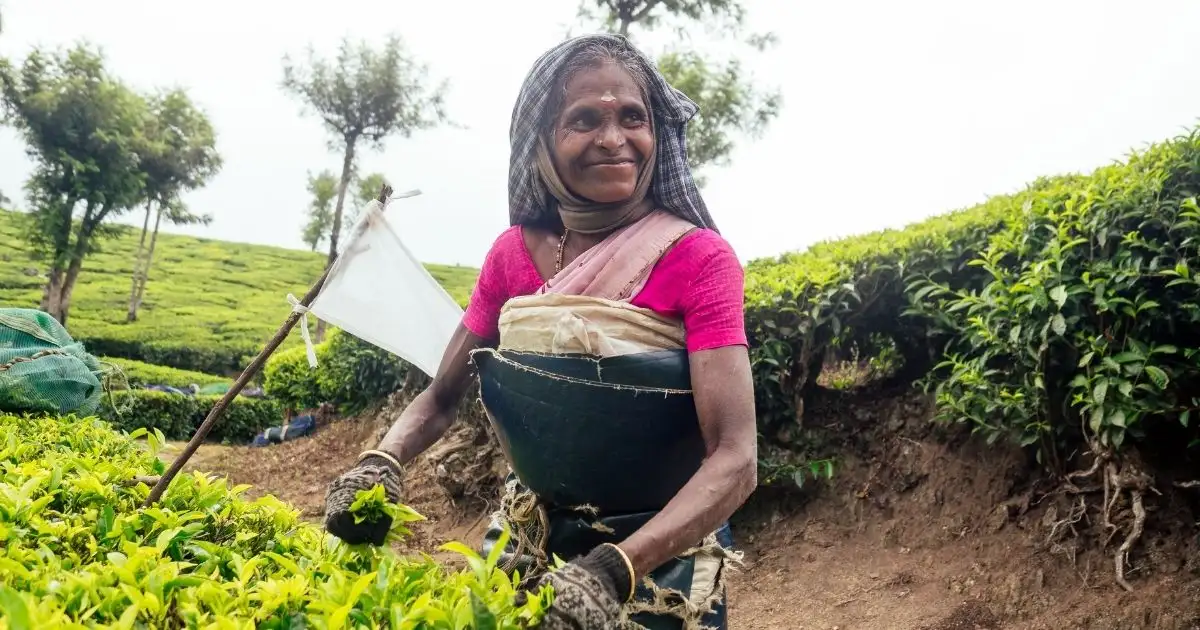
-
 play_arrow
play_arrow
The History of Ceylon Tea: 9 Facts: From Colonial Times to Today Mr. Tea Talk
The history of Ceylon Tea is a fascinating journey that began during the colonial era and has evolved into a globally recognized symbol of quality and tradition. This blog post delves into the rich past, development, and significant milestones of Ceylon Tea, providing insights into how it became a beloved beverage worldwide.
The Beginnings: Colonial Era
The story of Ceylon Tea dates back to the British colonial period in the 19th century. Initially, Sri Lanka, then known as Ceylon, was primarily a coffee-growing country. However, a devastating coffee rust disease in the 1860s led to the decline of coffee plantations. This disaster paved the way for the introduction of tea cultivation.
The shift from coffee to tea was not immediate. The British colonialists initially sought to revive coffee cultivation but quickly realized the potential of tea as a viable alternative. They began importing tea seeds from China and India, experimenting with different varieties and cultivation techniques. This marked the beginning of what would become one of the world’s most renowned tea industries.
James Taylor: The Pioneer of Ceylon Tea
In 1867, James Taylor, a Scottish planter, planted the first 19 acres of tea in the Loolecondera Estate in Kandy. Taylor’s meticulous attention to detail and innovative techniques set the foundation for the Ceylon Tea industry. His success inspired other planters, leading to the rapid expansion of tea cultivation across the island.
Taylor introduced several pioneering methods that revolutionized tea production. He experimented with different planting techniques, developed efficient processing methods, and established the first tea factory on the island. His dedication to quality and innovation laid the groundwork for the future success of Ceylon Tea.
The Boom of the Tea Industry
By the late 19th century, tea had replaced coffee as the primary export crop of Ceylon. The construction of railways and roads facilitated the transportation of tea from plantations to the ports, boosting exports. The Colombo Tea Auction, established in 1883, became a crucial hub for trading Ceylon Tea, further solidifying its place in the global market.
The tea industry’s rapid growth led to significant economic development in Ceylon. Plantations expanded, creating jobs and stimulating local economies. The British planters established tea estates in various regions, each with unique climates and terrains, resulting in a diverse range of tea flavors and qualities.
Development of Iconic Tea Estates
Several prominent tea estates were established during this period, including the Pedro Estate, the Dambatenne Estate, and the Labookellie Estate. These estates, renowned for their high-quality tea, contributed to the growing reputation of Ceylon Tea as a premium product.
The Pedro Estate, located in the Nuwara Eliya region, is known for its delicate and fragrant teas. The Dambatenne Estate, founded by Sir Thomas Lipton, is famous for its rich and full-bodied teas. The Labookellie Estate, situated in the central highlands, produces teas with a unique flavor profile, reflecting the region’s cool and misty climate.

Post-Independence Era and Modernization
After gaining independence in 1948, Sri Lanka continued to develop its tea industry. The government took steps to nationalize the plantations in the 1970s, aiming to ensure fair treatment and better working conditions for laborers. Modernization efforts included the introduction of advanced processing techniques and sustainable farming practices.
The nationalization of tea estates was a significant turning point. The government aimed to address social inequalities and improve the livelihoods of plantation workers. This period also saw increased investment in research and development, leading to the adoption of new technologies and improved agricultural practices.
Ceylon Tea in the Global Market
Today, Ceylon Tea is celebrated for its unique flavor profiles, which vary depending on the region of cultivation. The country’s diverse climate and terrain produce a range of teas, from the robust and full-bodied teas of the lowlands to the delicate and aromatic teas of the highlands.
Ceylon Tea has gained a reputation for its quality and consistency. It is enjoyed by tea enthusiasts worldwide and is a staple in many households. The Sri Lanka Tea Board’s stringent quality control measures ensure that every batch of Ceylon Tea meets high standards, further enhancing its global appeal.

Prominent Tea Regions
Nuwara Eliya
-
- Location: Central Highlands, about 6,000 feet above sea level.
- Climate: Cool and misty with a high altitude and consistent rainfall.
- Tea Characteristics: Light, delicate, and fragrant with a golden color. Often referred to as the “Champagne of Ceylon Tea.”
The Nuwara Eliya region, with its cool temperatures and lush greenery, produces some of the finest teas in the world. The teas from this region are characterized by their subtle flavors and floral aromas, making them a favorite among connoisseurs.
Uva
-
- Location: Eastern slopes of the central mountains, between 3,000 to 5,000 feet above sea level.
- Climate: Seasonal dry winds and a unique weather pattern.
- Tea Characteristics: Aromatic, smooth, and mellow with a distinct, slightly pungent flavor. Known for its ability to produce high-quality teas during the peak season.
Uva teas are renowned for their unique flavor profile, which develops during the region’s distinct dry season. The combination of dry winds and cool temperatures creates teas with a complex aroma and smooth taste, making them highly sought after in the global market.
Dimbula
-
- Location: Western slopes of the central mountains, between 3,500 to 5,500 feet above sea level.
- Climate: Cool and wet with two distinct seasons—dry and wet.
- Tea Characteristics: Rich, full-bodied, and robust with a distinct golden hue. Ideal for making iced teas due to its brisk flavor.
Dimbula teas are known for their rich and full-bodied flavors. The region’s climate, with its distinct wet and dry seasons, contributes to the development of teas with a robust character and a bright, golden liquor.
Kandy
-
- Location: Central region, at elevations ranging from 2,000 to 4,000 feet.
- Climate: Moderate climate with less rainfall compared to other regions.
- Tea Characteristics: Strong, full-bodied, and malty with a bright coppery tone. Often used in breakfast teas.
Kandy, located in the heart of Sri Lanka, produces teas that are strong and full-bodied. These teas are often used in blends for breakfast teas, offering a robust and invigorating start to the day.
Ruhuna
-
- Location: Southern Sri Lanka, at lower elevations of up to 2,000 feet.
- Climate: Warm and humid with ample rainfall.
- Tea Characteristics: Dark, rich, and robust with a full, thick body. Known for its strong and bold flavors.
Ruhuna teas are known for their dark color and strong flavors. The region’s warm and humid climate contributes to the development of teas with a rich and bold character, making them popular for those who prefer a hearty cup of tea.
Uda Pussellawa
-
- Location: Between Uva and Nuwara Eliya, at elevations of 3,000 to 5,000 feet.
- Climate: Cool and misty with a balanced climate.
- Tea Characteristics: Medium-bodied with a rosy hue and a hint of mild astringency. Shares some similarities with both Uva and Nuwara Eliya teas.
Uda Pussellawa teas are known for their balanced flavors, combining the characteristics of both Uva and Nuwara Eliya teas. The region’s climate creates teas with a medium body, a rosy hue, and a hint of mild astringency.
Sabaragamuwa
-
- Location: South-western slopes of the central mountains, at elevations up to 2,500 feet.
- Climate: Warm and humid with significant rainfall.
- Tea Characteristics: Full-bodied, dark, and strong with a rich flavor. Often used in blends for its robust character.
Sabaragamuwa teas are known for their full-bodied and strong flavors. The region’s warm and humid climate, along with significant rainfall, contributes to the development of teas with a rich and robust character, making them ideal for blending.

Quality and Standards
The Sri Lanka Tea Board plays a crucial role in maintaining the quality and standards of Ceylon Tea. The iconic Lion Logo is a symbol of authenticity and excellence, assuring consumers of the high standards associated with Ceylon Tea.
The Sri Lanka Tea Board conducts regular inspections and quality control checks to ensure that every batch of Ceylon Tea meets stringent standards. This commitment to quality has earned Ceylon Tea a reputation for excellence, making it a trusted choice for tea lovers around the world.
Ceylon Tea and Sustainability
In recent years, the industry has embraced sustainable practices, focusing on environmental conservation and social responsibility. Initiatives such as Fair Trade certification and organic farming have gained momentum, ensuring the industry’s long-term viability and the welfare of its workers.
Sustainability efforts in the Ceylon Tea industry include reducing the use of chemical fertilizers and pesticides, promoting biodiversity, and implementing water conservation measures. Fair Trade certification ensures that workers receive fair wages and work in safe conditions, contributing to the overall well-being of the communities involved in tea production.

Conclusion
Ceylon Tea’s journey from its introduction by the British in the 19th century to its status today as a globally celebrated product is a testament to its enduring quality and unique character. From the pioneering efforts of James Taylor to the establishment of renowned tea estates and regions, Ceylon Tea has built a legacy rooted in tradition, innovation, and excellence. Each tea-growing region in Sri Lanka offers distinct flavors and aromas, contributing to the rich diversity of Ceylon Tea.
The Sri Lanka Tea Board’s rigorous quality standards and commitment to sustainability ensure that Ceylon Tea remains a symbol of premium quality and ethical production. Whether enjoyed as a robust black tea, a delicate green tea, or an aromatic white tea, Ceylon Tea continues to captivate tea enthusiasts worldwide.
For more detailed information and to explore the sources used in this article, you can visit the following links:
- Discover the History of Ceylon Tea
- Sri Lanka Tea Board Overview
- Rosie Loves Tea: What is Ceylon Tea?
- Tea In Sri Lanka: The Beginning
These resources provide comprehensive insights into the fascinating history, diverse regions, and the enduring appeal of Ceylon Tea.
Tagged as: Colonial Tea, Ceylon tea, Ceylon Tea Facts, tea industry, Tea Heritage, Ceylon Tea Story, Sri Lankan Tea, Sri Lanka, Tea Lovers, Tea Evolution, Tea Trade, Tea Plantations, Tea Culture, Tea History, History of Tea.
Download now: The History of Ceylon Tea: 9 Facts: From Colonial Times to Today
Similar episodes

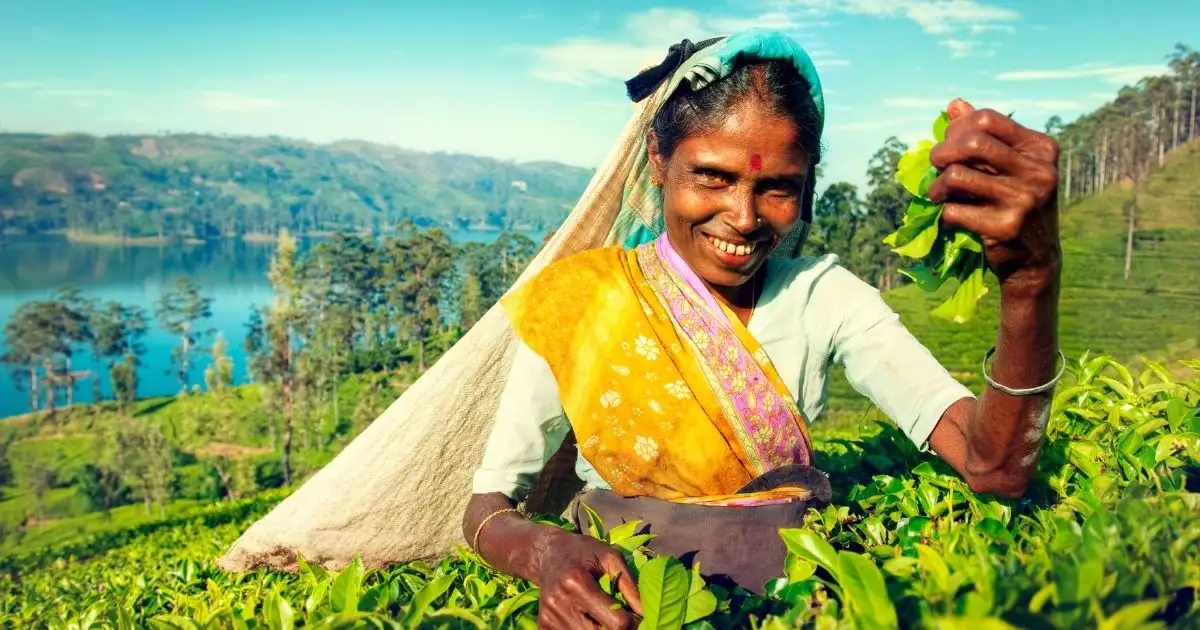
Recent Comments
Categories
Tags
advertisement Best Tea Kettle Ceylon Black Tea Ceylon Green Tea Ceylon tea Ceylon Tea Story Ceylon White Tea Earl Grey Tea Latte fantasy Flowery Orange Pekoe FOP Health Benefits of Tea London Fog Mint Tea OP Slimming Down with Tea Sri Lanka Tea Accessories tea industry Tea Infusers Teapots Tea Time Tea Trade Tea Trays Thai Iced Tea Ultimate Guide to Teapots-
Recent Posts
- The Ultimate Guide to Tea Brewing
- A Comprehensive Review of 3 Must-Have Tea Products on Amazon
- The Ultimate Guide to the Best Tea Essentials on Amazon: Kettles and Teapots You’ll Love
- The Best Teapots for Tea Lovers: Silver vs. Borosilicate Glass
- The Best Teapots for Your Tea Ritual: Glass vs. Cast Iron (Tetsubin)
Archives
Meta
Search in site
Most Popular Podcast
Recent Podcasts
Copyright | Ceylon Wild Tea - All Rights Reserved | 2025

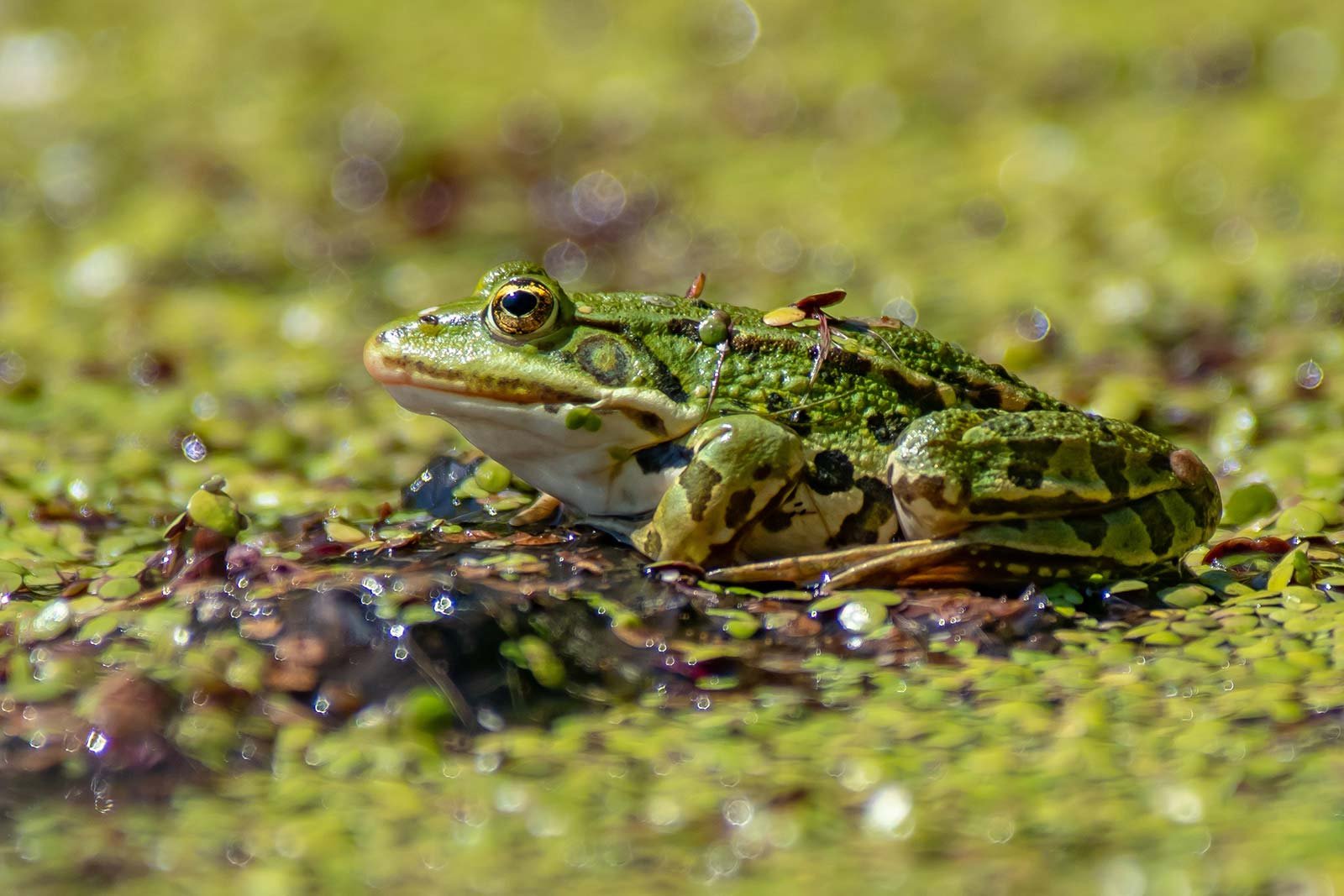

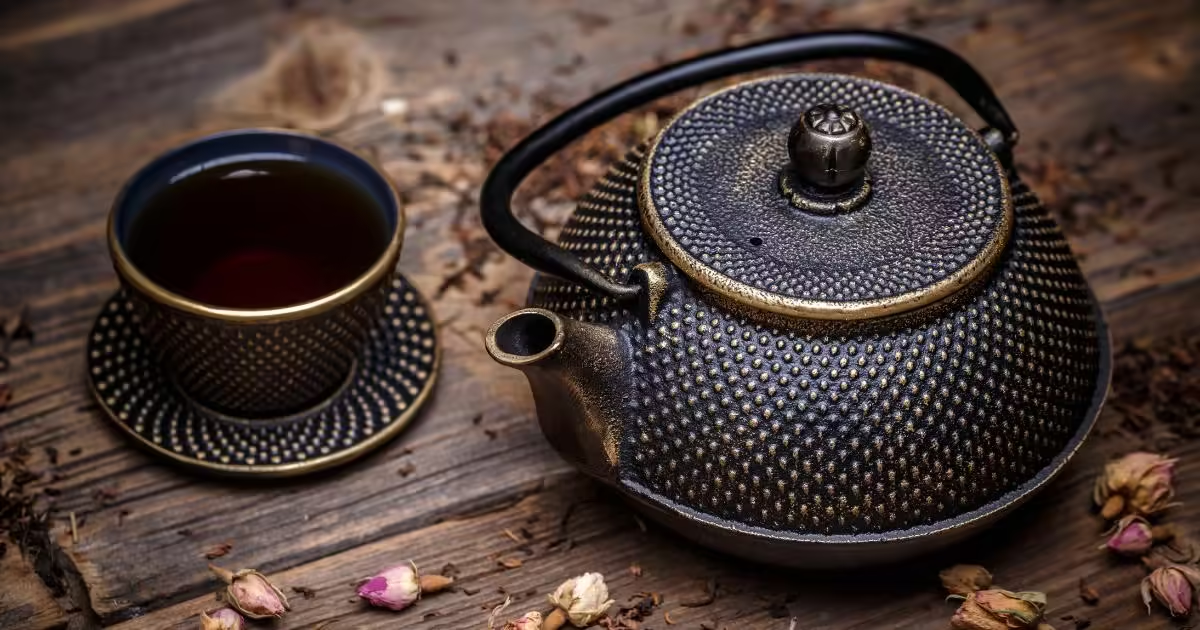

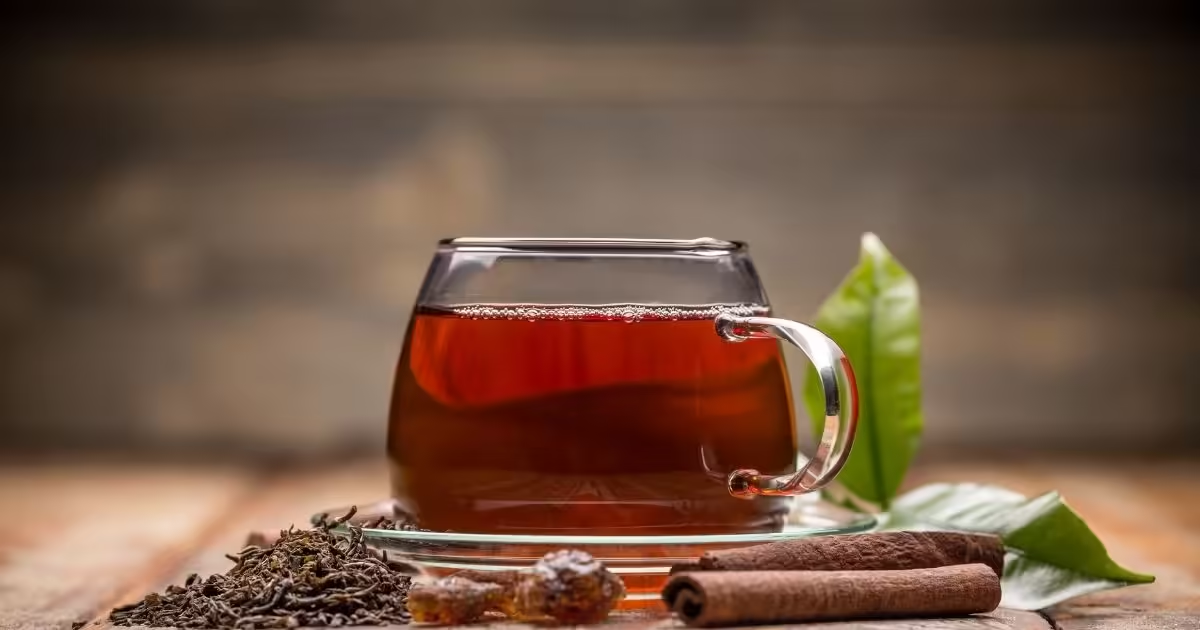
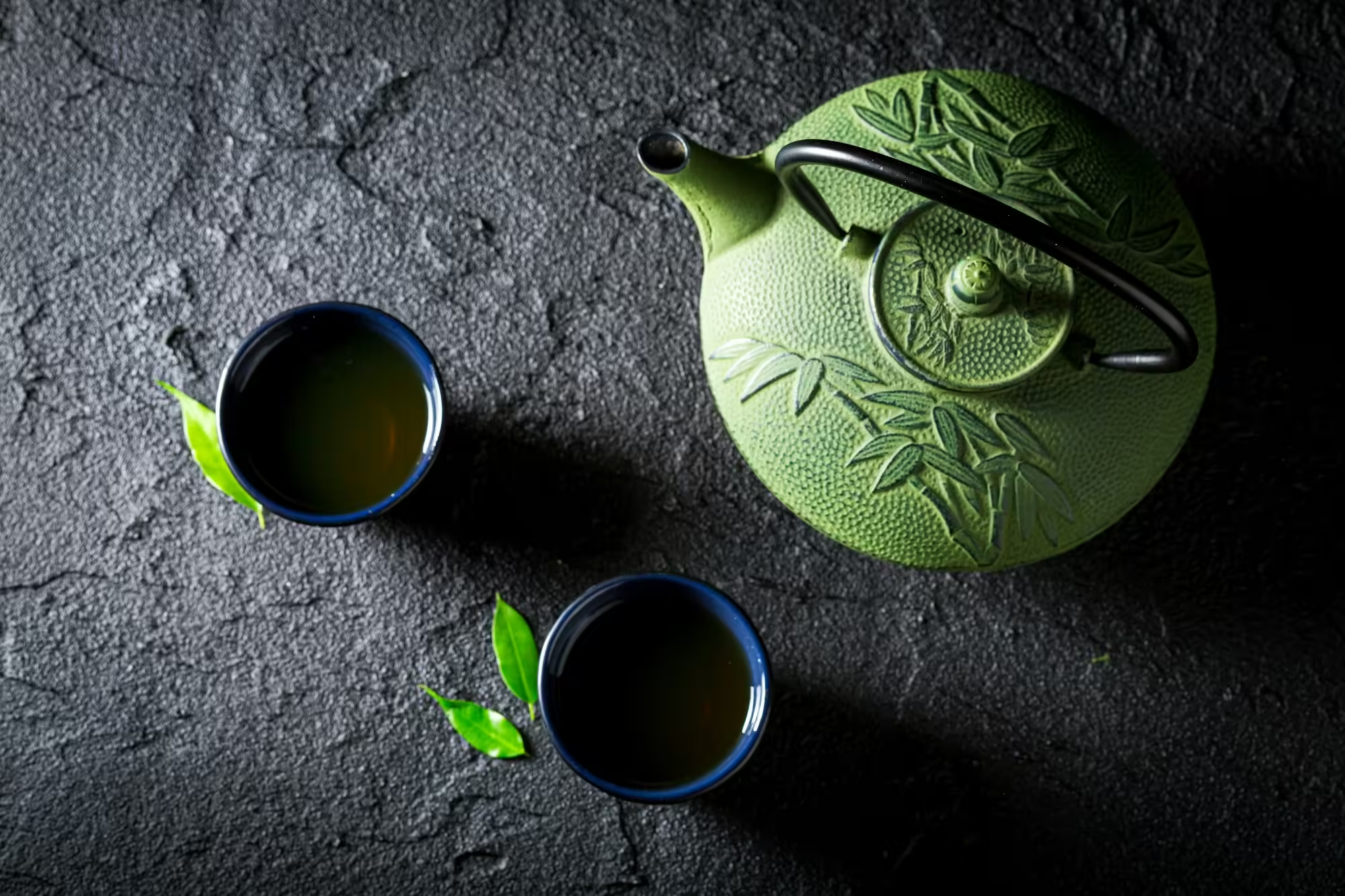
Post comments
This post currently has no comments.